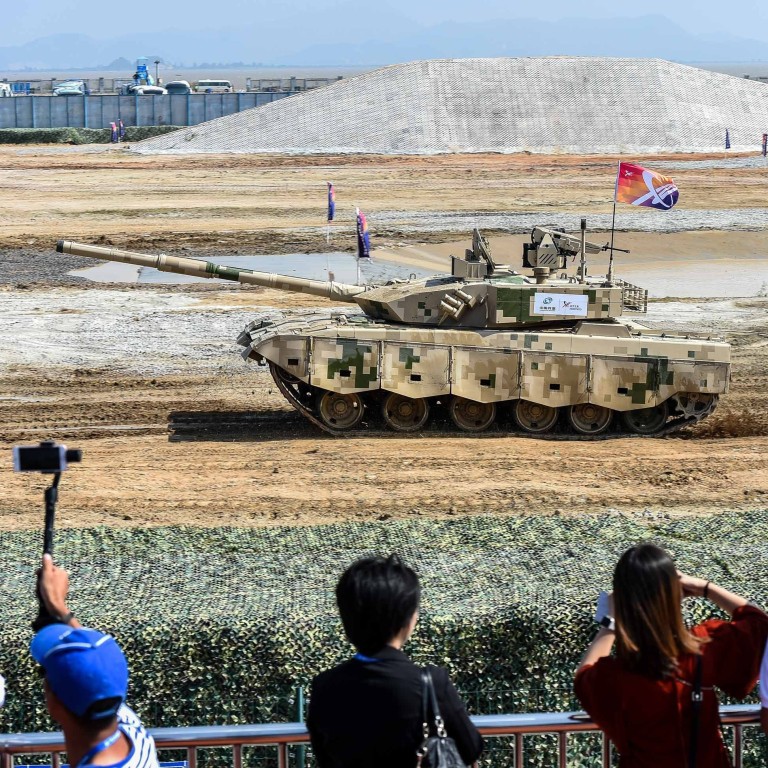
Chinese weapon makers take second biggest share of global sales as industry avoids pandemic slump
- Five companies from China accounted for 13 per cent of total sales by the world’s 100 biggest arms producers last year, led by the US, according to SIPRI
- Industry expanded even during Covid-19 crisis, ‘largely shielded by sustained government demand for military goods and services’, Swedish think tank says
That is according to the latest report on the world’s top 100 arms companies by the Stockholm International Peace Research Institute (SIPRI), released on Monday.
It said the combined arms sales of the five Chinese firms in the top 100 list amounted to an estimated US$66.8 billion last year – up 1.5 per cent from 2019.
“All five Chinese arms companies ranked among the top 20, with three in the top 10,” according to the report.
Those Chinese firms accounted for 13 per cent of total sales by the world’s 100 largest arms producers – the second highest volume of aggregated arms sales in 2020 after American companies, which made up the top five, it said.
According to SIPRI, China’s five biggest arms manufacturers outpaced overall growth in arms sales by the world’s 100 biggest arms firms last year. Their combined sales rose 1.3 per cent to US$531 billion in 2020 from 2019.
The think tank said global arms sales had expanded for the past six years, with overall sales up 17 per cent last year from 2015 – even with the economic slowdown caused by the pandemic.
How China grew from buyer to major arms trade player
It said several factors had contributed to this growth, including that the arms industry had benefited from expansionary fiscal policies in the first year of the pandemic. “Military manufacturers were largely shielded by sustained government demand for military goods and services,” the report said.
It also noted that some nations had rolled out measures to mitigate the effects of lockdowns on their arms makers, “such as accelerated payments or order schedules”.
And since arms procurement contracts usually span several years, “many arms companies were able to make gains on orders placed before the outbreak of the health crisis”, the report said.
However, the think tank noted that the industry had been hit by supply chain disruptions during the pandemic.

